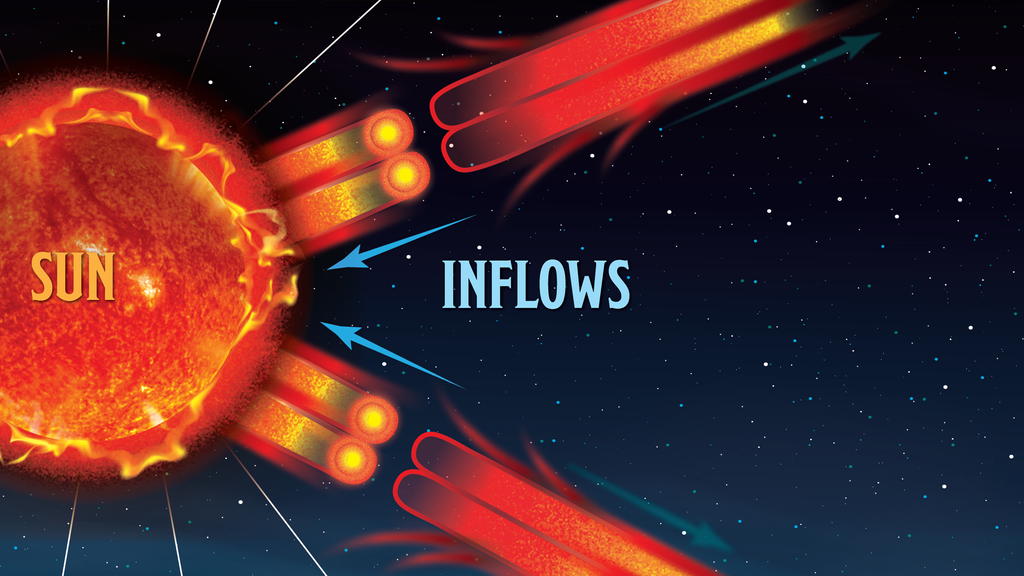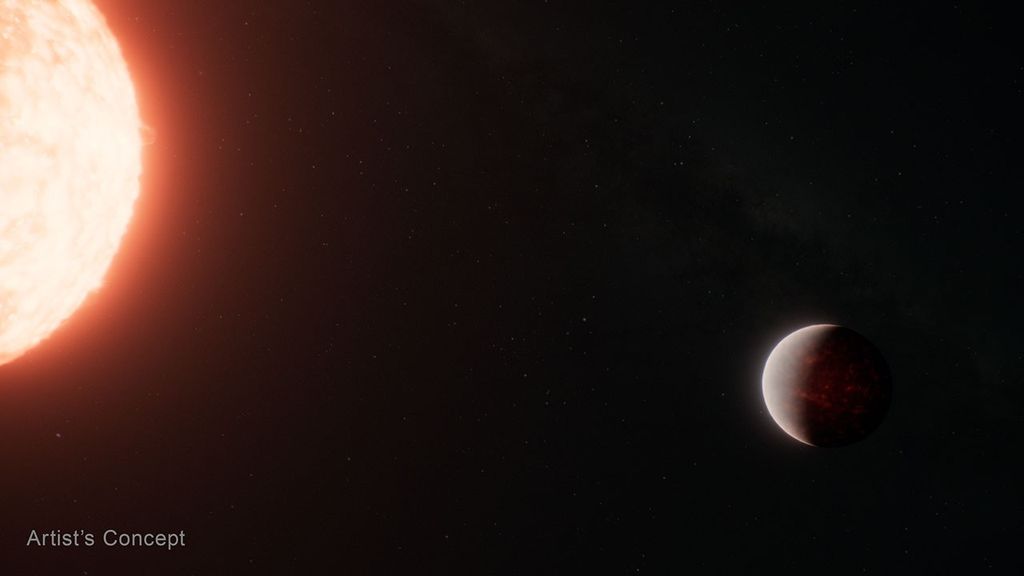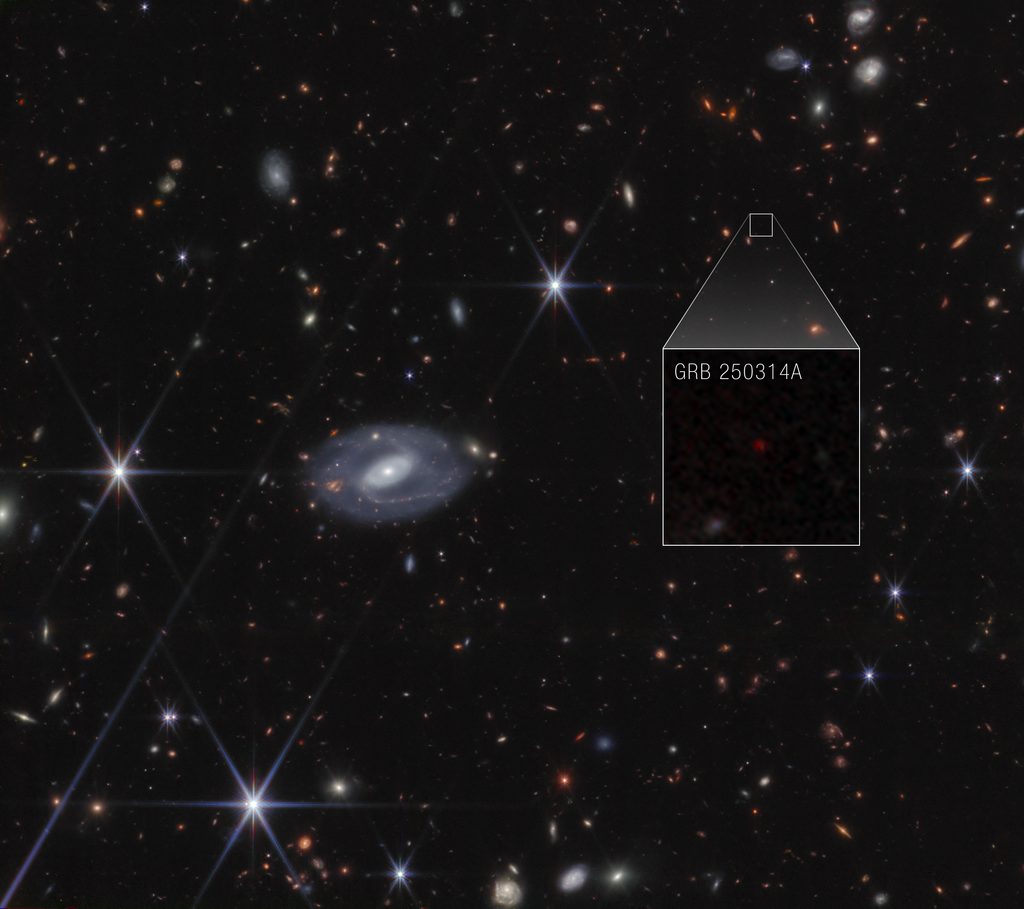Liftoff of NASA’s SpaceX Crew-11 mission is now a little less than an hour away, set for 11:43 a.m. EDT. Weather continues to hold at 60% “go” for launch, with the cumulus cloud and surface electric fields rules as the main weather concerns. Stay with us here on the blog, where we’ll keep you updated […]
NASA’s SpaceX Crew-11 Mission Liftoff Now Less Than an Hour Away



































